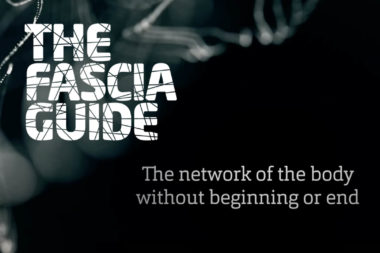

What is fascia and in what way does fascia change the whole way of looking at the body?
Recent research shows that fascia is much more important for health, aches and pains than we previously thought.
Fascia is a network of connective tissue, without a beginning and without an end, that encloses and penetrates everything throughout the body, from muscles and bones to organs and cells. But what does that mean?
The first two parts of the Fascia Guide are about how, in order to truly understand fascia, we must think differently, see the body from a different perspective and challenge the way we look at the body, to see the body in a more holistic way, not as different parts.
In the same way, we are challenged to constantly review the very definition of what fascia is.
There is a description you have probably come across, about fascia as a thin layer around a muscle or the white membrane around a piece of meat. You can basically throw it in the trash
The definition of fascia
- Fascia is ONE system, a continuous mesh without beginning and end, that maintains and establishes interconnection, communication and interaction between different parts of the body
- The fascia is the elastic, continous network in the body that extends from the surface of the skin down to each cell and connects to the cell nucleus via the cytoskeleton.
- The fascia is the largest organ, it accounts for more than a third of the ‘musculoskeletal system’ and more correct would be the ‘fasciomusculoskeletal system’. Also pain receptors as well as other nerve receptors are found in the fascia,
Or to quote Jean Claude Guimberteau:
“We thought fascia was nothing, but now we know that it is everything”
How can Fascia be so important?
It can be argued that everything in our body is just two things, cells and the substance outside the cells, the extracellular matrix (ECM).
The extracellular matrix consists of fiber proteins (mainly collagen and elastin) that create stability and structure
…… and the fluid, gel-like ground substance, with a lot of hyaluronan and other glycosaminoglycans that bind large amounts of water. This ensures transport of nutrients, waste and other molecules, cell migration, shock absorption and sliding ability.
The extracellular matrix enables interconnection and communication between all parts of the body.
Fascia is the extracellular matrix and the cells that create and maintain the ECM (fibroblasts, fasiacytes, telocytes, mastcells and more).
In other words, it can be said that everything in our body is specialized cells and the fascia that is around the cells.
But wait now… huh?
Okay, imagine a muscle cell (the same as a muscle fiber). There is a fascial wrapping around each muscle cell, called the endomysium. Several muscle cells then gather to a muscle bundle, a fascicle. There is also a fascial wrapping around each muscle bundle, the perimysium. Several muscle bundles then form a muscle – and around each muscle there is a fascial layer, the epimysium. But it is not separate layers, all these sheets communicate in a meshwork.
These fascia layers merge to a tendon in the muscle end and attach the muscle to the bones. Tendons are more organized and denser fascia and consist of regularly organized collagen fibers and lesser fluid ground substance. The skeleton in turn also consists of collagen interspersed with minerals. The difference between cartilage, skeleton, tendons and more proper fascia is really only the proportion of its components and the organization of fiber proteins (collagen, elastin) and other components in the ground substance. The skeleton should actually also be considered as fascia, with deposited minerals and less amount of water.
The endomysium forms a continuous mesh, connecting all the muscle cells together with the perimysium and in turn with the epimysium. This enables load sharing among the individual muscle cells, fascicles and muscles.
If fascia encloses every single cell, then we could say that there are really no muscles (from our perspective). Everything is specialized cells and extra cellular matrix.
In the same way the fascia encloses every blood vessel, every lymph vessel, every nerve, every single organ – every single cell in the whole body.
It’s hard to imagine what the body actually looks like
- Scientists in anatomy have long pretended that a dead body and a living body looks the same. This has profoundly affected our image of what the body looks like.
- Thanks to Dr. Jean Claude Guimberteau, you now have the opportunity to change your mind.
- Guimberteau’s film about fascia in a living body, from 2005, shows a completely different side of our anatomy – and is something completely different from what you find in the anatomy books.
- Tip: If you do not have time to watch the entire film, you can rewind to 25:19 for an example of what it looks like.




















































